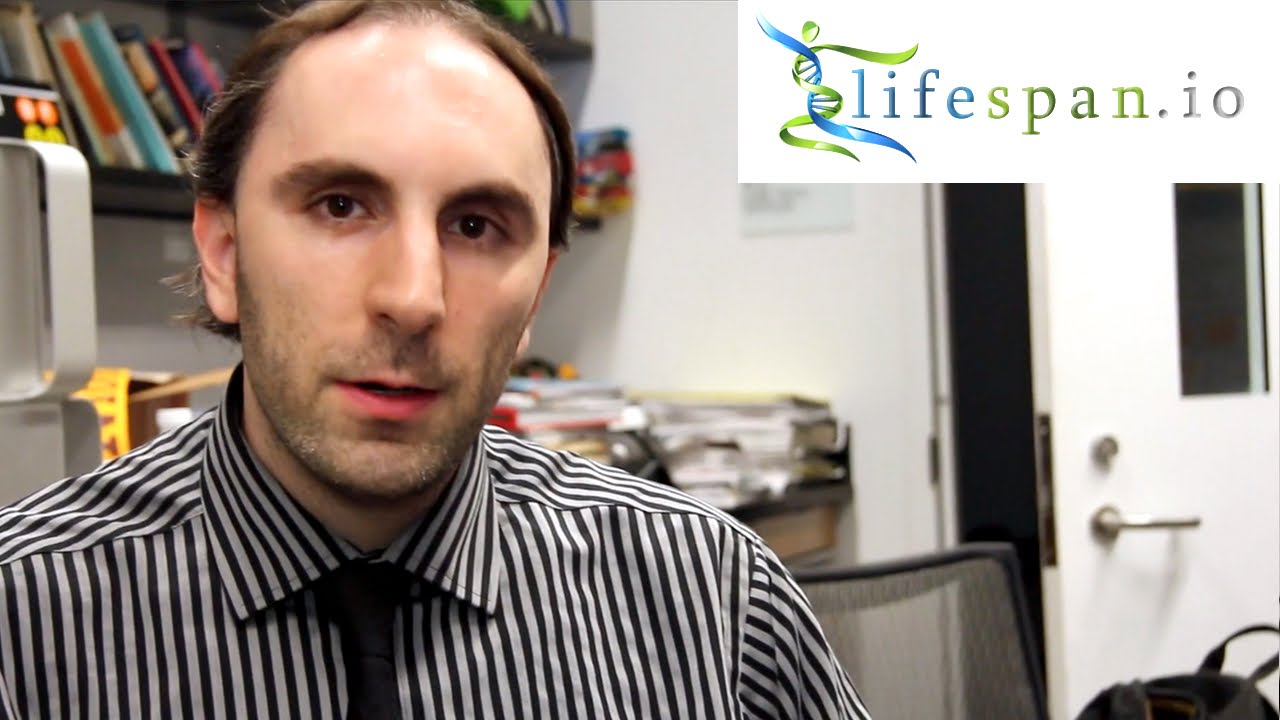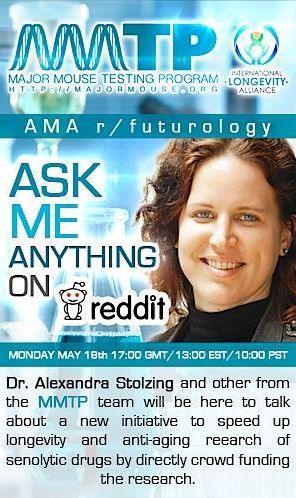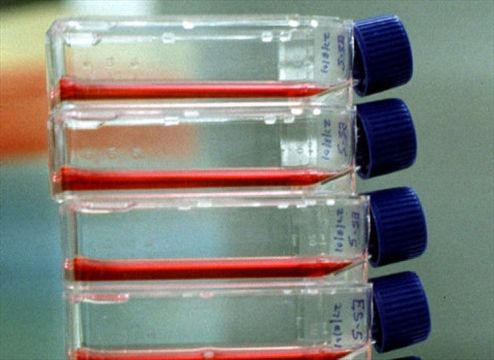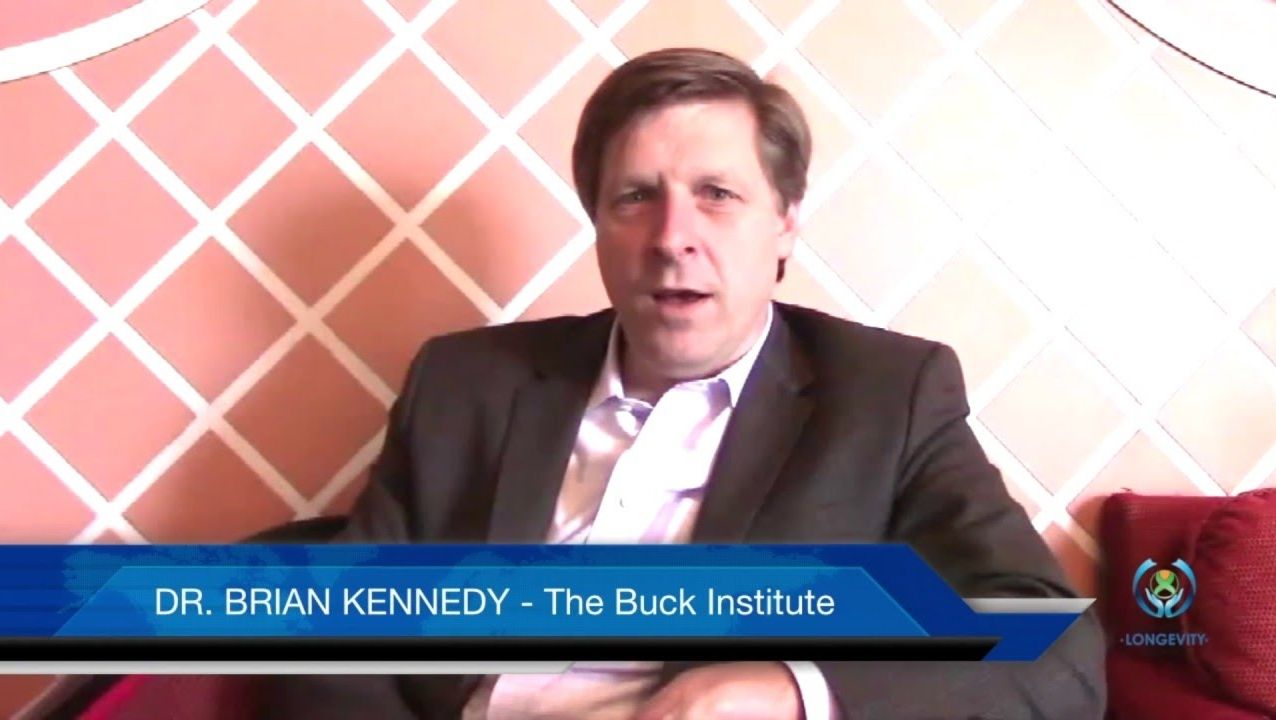May 16, 2016
MMTP AMA Senolytics: Seek and Destroy! • /r/Futurology
Posted by Steve Hill in categories: biotech/medical, health, life extension
On Reddit Futurology today!
The Major Mouse Testing Program is an ambitious project of the International Longevity Alliance, featuring an international team of scientists and advocates testing therapies against aging decline. This experiment is is lead by world class stem cell researcher Dr Alexandra Stolzing and was inspired by our scientific advisor and colleague Dr Aubrey De Grey.
The Major Mouse Testing Program is seeking to speed up scientific progress in the field of regenerative medicine and bio-gerontology. After ILA experts conducted an analysis of delays preventing the development of life extension technologies, it was shown that a serious problem was the lack of robust animal data for the potential of different compounds to promote health and extend maximum lifespan. Without this data promising interventions cannot enter clinical trials and become available to the general public.
Continue reading “MMTP AMA Senolytics: Seek and Destroy! • /r/Futurology” »

















